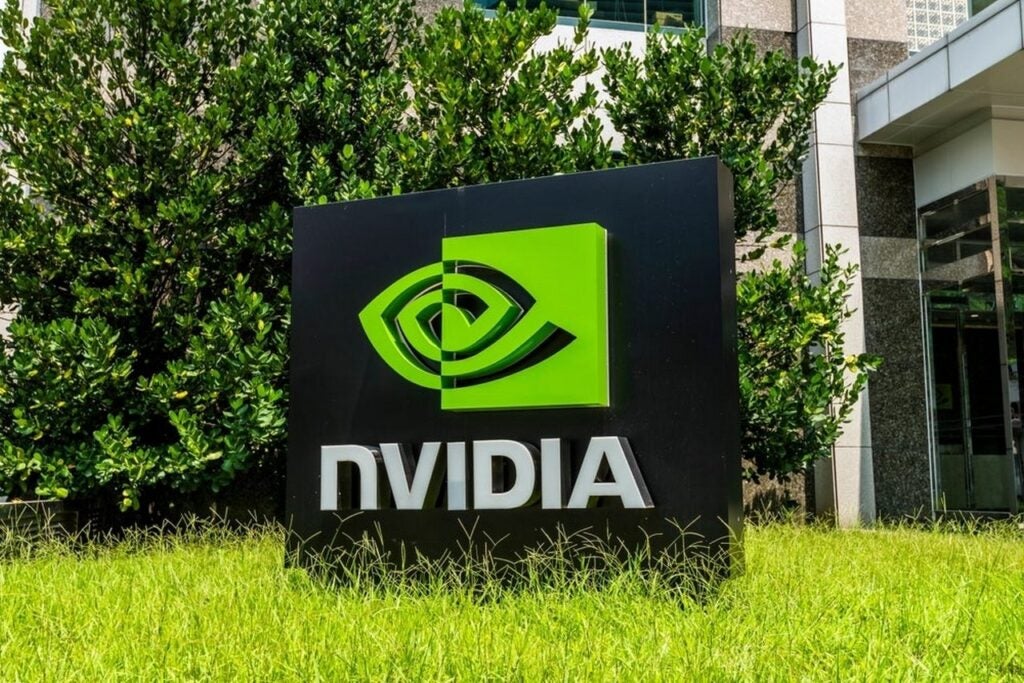Nvidia Corp. NVDA has achieved a historic $4 trillion market capitalization recently, but analysts warn the chip giant’s artificial intelligence expansion faces critical energy infrastructure limitations that could constrain future growth.
What Happened: Lawrence McDonald, founder of Bear Traps Report, highlighted a striking market imbalance in recent analysis. “You can fit the combined value of every stock in the entire uranium-nuclear power energy infrastructure complex nearly 50 times into the value of Nvidia,” McDonald stated. “Yet, much of the entire growth trajectory of NVDA depends on a colossal expansion of energy infrastructure.”
The warning comes as Nvidia’s market weight now represents 4.73% of the MSCI All Country World Index, exceeding Japan’s entire stock market contribution of 4.65%. The semiconductor leader’s valuation has surged 1,535% over five years, driven primarily by data center GPU sales for artificial intelligence applications.
Energy demands from generative AI are accelerating rapidly. Morgan Stanley projects AI power consumption will grow 70% annually through 2027, primarily from expanding data center operations. MIT Technology Review analysis indicates inference operations—where AI models respond to user queries—are becoming the dominant energy consumer as billions of daily interactions require computing resources.
The energy challenge extends beyond mere consumption metrics. Data centers supporting AI operations require consistent, reliable power that renewable sources currently struggle to provide at scale. This reality forces continued reliance on natural gas plants, potentially undermining clean energy transition goals.
See Also: Elon Musk Confirms Tesla As the Mystery Big-Tech That Signed $16.5 Billion Chip Contract With Samsung: ‘I Will The Line Personally’ To Boost Progress
Why It Matters: Nuclear energy emerges as a potential solution, offering steady baseload power. Ark Invest research suggests nuclear could become the lowest-cost electricity source when accounting for capacity utilization rates exceeding 80%, compared to solar’s 20% utilization. However, nuclear infrastructure development faces decade-long timelines and regulatory hurdles.
President Donald Trump‘s administration has set ambitious nuclear expansion targets, aiming to quadruple U.S. nuclear generating capacity to 400 gigawatts by 2050. The Department of Energy launched pilot programs to accelerate advanced reactor development, though domestic uranium fuel shortages remain a constraint.
Nvidia closed at $173.45, down 0.17%, with a 52-week range of $86.63-$174.72. The stock maintains strong momentum and growth scores according to Benzinga Edge Stock Rankings, but trades at premium valuations with a 55.89 price-to-earnings ratio.
Read Next:
Disclaimer: This content was partially produced with the help of AI tools and was reviewed and published by Benzinga editors.
Photo courtesy: Shutterstock

